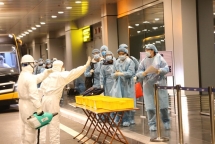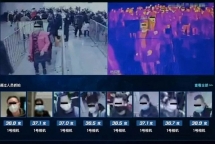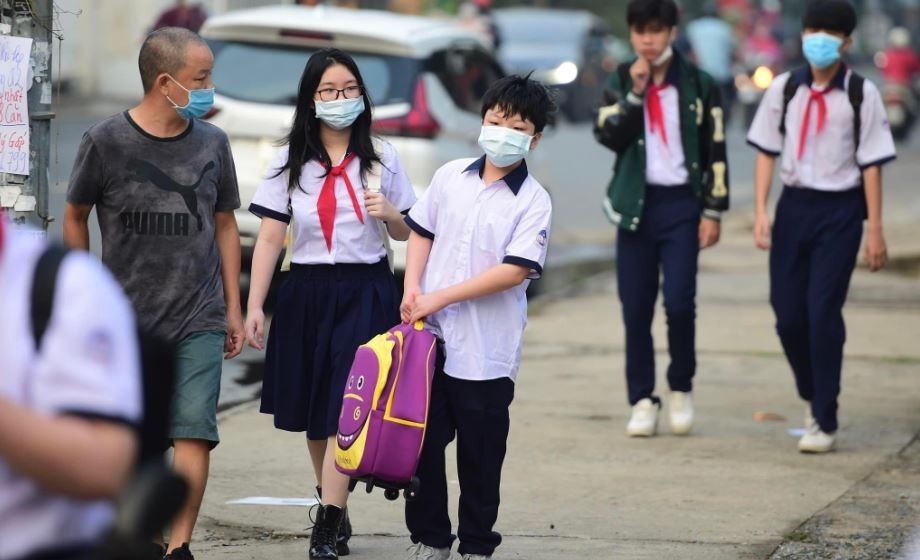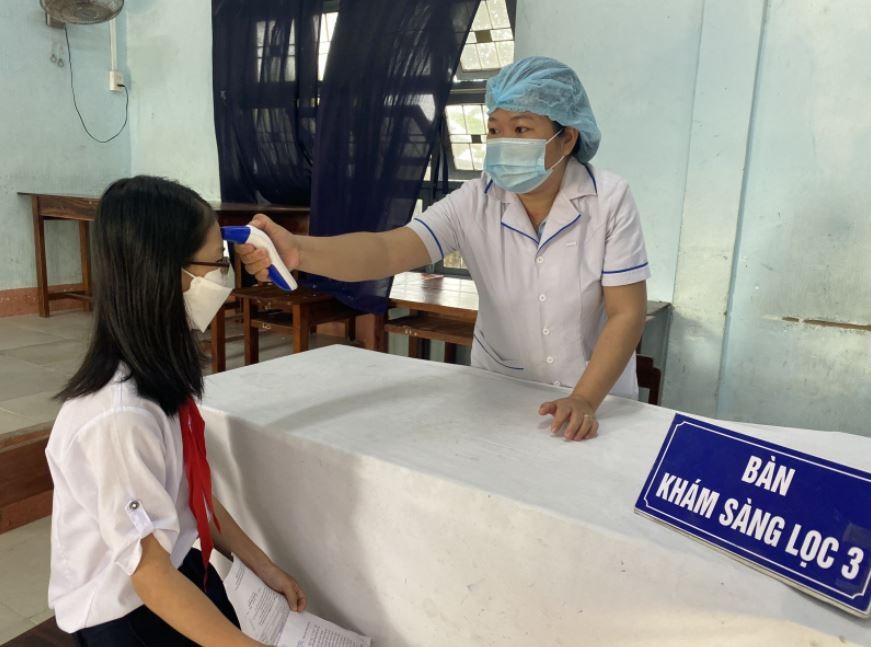Millions of Chinese back to work as coronavirus deaths surpasses 900
| Vietnam brings 30 citizens from Wuhan home | |
| Vietnamese ministry hands over medical devices to Chinese people | |
| China turns to hi-tech, big data in fight against coronavirus |
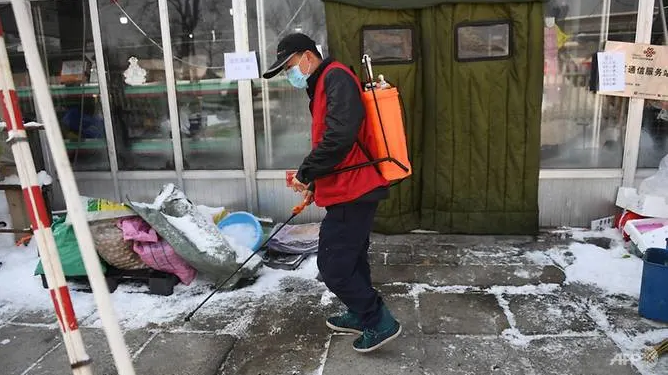 |
| A man disinfecting the area outside a grocery store, part of efforts to prevent the spread of the novel coronavirus on Feb 7, 2020. (Photo: AFP/Greg Baker) |
In its daily update, Hubei's health commission also confirmed another 2,618 new cases in the central province, where the outbreak emerged in December.
There are now more than 39,800 confirmed cases across China, based on previously released figures from the government.
And although the World Health Organization (WHO) has said there are tentative signs the epidemic is stabilising in China, the agency's director-general, Tedros Adhanom Ghebreyesus, warned that the number of cases recorded overseas could be just "the tip of the iceberg".
His comments came as an advance team of WHO international experts left late Sunday for China, led by Bruce Aylward, a veteran of previous health emergencies.
In an attempt to contain the virus, cities in Hubei have been locked down and transport routes across the country cut to stop the movement of hundreds of millions of people who usually visit family during the annual Lunar New Year holiday.
The unprecedented measures included an extension of the holiday, with citizens told to stay inside as much as possible.
Officially the holiday was extended by only three days, but many cities and provinces pushed the deadline until Feb 10.
The measures have left businesses, shops, factories and tourist sites closed and turned many cities into ghost towns, sparking concerns about the impact of the outbreak on the economy.
But there were some signs Monday of the country beginning to make a return to normality.
Roads in Beijing and Shanghai had significantly more traffic than in recent days and the southern city of Guangzhou said it would start to resume normal public transport from Monday.
The city had been running a partial service due to the epidemic, said city authorities - who reminded people to continue avoiding crowded places.
However, tens of millions of people in Hubei province were not returning to work, as the province - the epicentre of the outbreak - remained under lockdown with travel links cut off.
Many companies were offering staff the option of working from home.
Car manufacturer Volkswagen said while some of its factories would re-open on Monday, others had delayed production for another week. Toyota has extended the closure of its Chinese plants to Feb 16.
Many factories involved in manufacturing medical equipment had already returned to work.
According to the National Development and Reform Commission, around 87 per cent of the country's medical mask production had already resumed.
China's central bank said it would make 300 billion yuan (US$43 billion) available in special loans to banks from Monday to help businesses involved in fighting the epidemic.
But the tourism industry remains in the doldrums, with several countries banning arrivals from China, major airlines suspending flights and international and domestic tour groups being halted.
Schools and universities across the country remained closed.
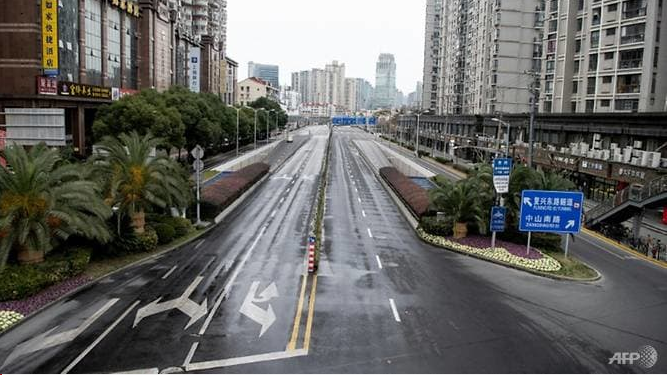 |
| A deserted street in Shanghai, as fear of the spread of the virus impacts cities across China, even those not in lockdown. (Photo: AFP/Noel Celis) |
'TIP OF THE ICEBERG'
The death toll from the novel coronavirus has overtaken global fatalities in the 2002-03 SARS epidemic.
China drew international condemnation for covering up cases during the SARS outbreak, but the WHO has praised the measures Beijing has taken this time.
However, the health body has warned that the figures could still "shoot up".
Ian Lipkin - a professor at Columbia University who worked with China on the SARS outbreak - also warned of the risk of a "bump" in infection cases when people return to work.
WHO chief Tedros said there had been some "concerning instances" of cases overseas in people with no travel history to China.
"The detection of a small number of cases may indicate more widespread transmission in other countries; in short, we may only be seeing the tip of the iceberg", he tweeted.
The first foreign victim in China was confirmed when an American diagnosed with the virus died in Wuhan.
The only fatalities outside the mainland have been a Chinese man in the Philippines and a 39-year-old man in Hong Kong (China).
Seventy people on board the Diamond Princess cruise ship off Japan's coast have tested positive, with all passengers told to stay inside their cabins to prevent further infection.
Meanwhile in Hong Kong, thousands of people stranded aboard the World Dream cruise ship for five days were allowed to disembark Sunday after its 1,800 crew tested negative for the new coronavirus.
The ship carried three Chinese passengers to Vietnam between Jan 19 and 24 who were later found to be infected with the SARS-like coronavirus.
Health authorities in the semi-autonomous Asian financial hub said the crew and a similar number of passengers had been released from quarantine.
Several countries have banned arrivals from China while major airlines have suspended flights./.
In topics
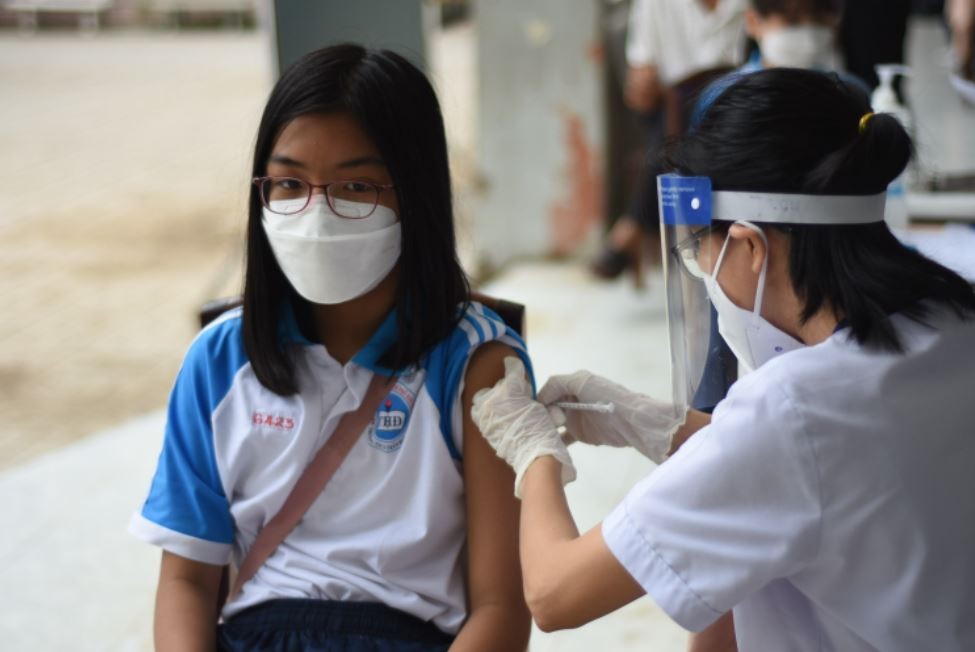 Focus
Focus
Vietnam Covid-19 Updates (May 1): Daily Infections Fall to Nine-month Low of 5,109
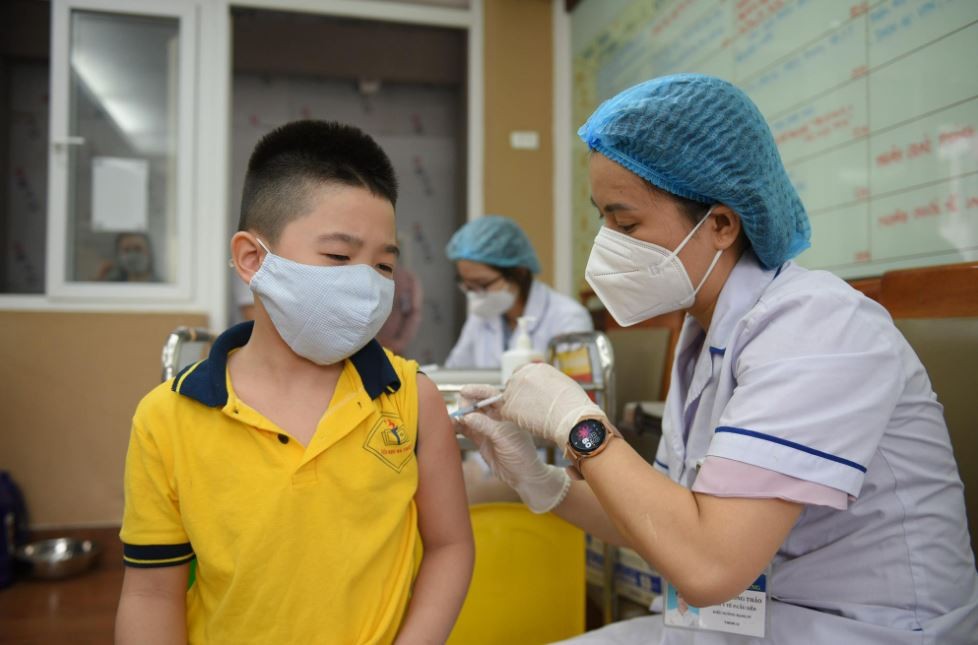 Focus
Focus
Vietnam Covid-19 Updates (April 29): 7,100 Cases, 79,000 Recoveries Reported
Recommended
 World
World
German Chancellor Merz begins his first state visit to India
 World
World
Vietnamese Lunar New Year Food Fair 2026 Showcases Cultural Identity in Malaysia
 World
World
India named President of BRICS+ for the 2026 term
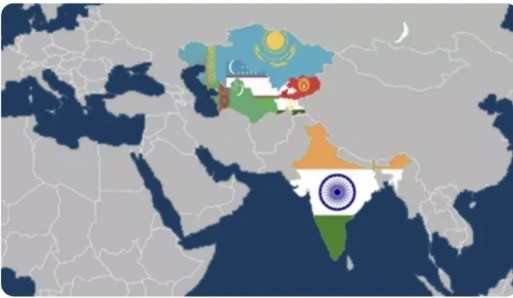 World
World
India strengthens defense and security ties with Central Asia
Popular article
 World
World
India–Brazil–South Africa (IBSA) Dialogue Forum: An Assessment – Analysis
 World
World
India’s package for exporters signals confidence in Southeast Asia markets
 World
World
Japanese PM Sanae Takaichi and Indian PM Narendra Modi agree to deepen Japan-India cooperation
 World
World

